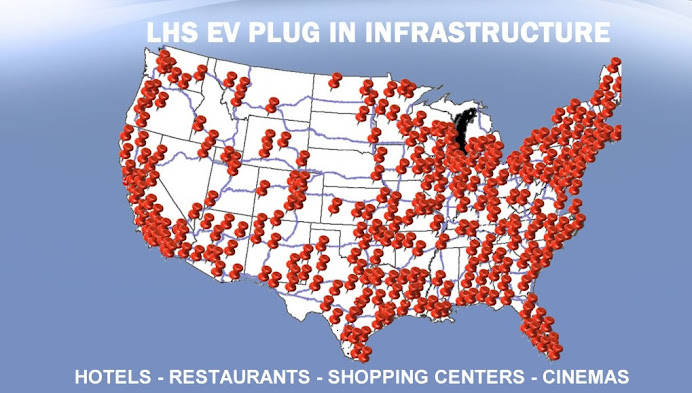 Plug in Hybrid cars can be fueled from a standard home electrical source. Car owners will soon be able to plug in their vehicles from a wall outlet and drive their daily commutes. There is a new revolution coming called the plug in hybrid car. It was once laughable to even think that a person could use a standard home outlet to fuel their vehicle. However, times are changing and plug in hybrids will soon enter the market.
Plug in Hybrid cars can be fueled from a standard home electrical source. Car owners will soon be able to plug in their vehicles from a wall outlet and drive their daily commutes. There is a new revolution coming called the plug in hybrid car. It was once laughable to even think that a person could use a standard home outlet to fuel their vehicle. However, times are changing and plug in hybrids will soon enter the market.We can now say that plug in rechargeable vehicles are becoming a way of life. A way to reduce our dependency on foreign oil, to save our environment, and to save money for consumers. Most of the automakers are betting everything on future electric vehicles as the most efficient way to meet cleaner global objectives.
For example, General Motors Corp is betting everything on its Chevrolet Volt car. Some argue that the vehicle is not a hybrid, but a true plug in electric car solution. The eco-friendly vehicle has gone through several revisions in an effort to extend its mileage.Does anyone remember the EV1? It was an electric car built by GM. You couldn't buy the car, but you could lease it for one year. Unfortunately, GM took back the vehicles and had them crushed. This decision stirred a lot of controversy. Most experts agree that they had these automobiles crushed to satisfy the oil companies. What irks me the most is that some of these domestic car manufacturers already developed this technology.
Then, they asked the American taxpayer for a bailout. The Toyota Prius is also converting to a plug-in vehicle. It will sell for $48,000 (32.000 €) and offer a driving range of up to 12 miles (20 km). The car will deliver faster speeds of up to 60 mph (96 km/h). However, is this another EV1 decision? What I mean is, why only 12 miles on a single battery charge? I'm sure Toyota could do better than that. Most plug-in hybrids can travel anywhere between 40 to 50 miles (64 to 80 km) on a single battery charge. This is an impressive revelation, that a battery powered automobile can already achieve those distances. The travel involves clean energy, zero carbon emissions, and all without using a single drop of gasoline. Technology is rapidly advancing, probably more so during the past 25 years than any other time before, and the ability to travel in an automobile that was charged from an electrical outlet is simply amazing.
Hybrid automobiles are advancing as fast as computers did during the mid-1980s. The next challenge for automakers is to design a plug-less vehicle. Perhaps during the next 25 years, scientists and engineers will develop ways for cars to travel without the need of electricity or batteries. The cars tomorrow might even use the Earth's gravitational pull to travel. Who knows what the future will hold? It is important to reduce our foreign oil dependency while helping our environment. There have been a lot of stories published by the press regarding these new automobiles. Some good, some bad. Some articles suggest that these plug in vehicles have a long way to go. I have no idea where they get their information from, but plug in electric vehicles are already here.
Source : NewsOXY, by Andy Hodges, October 20th, 2009
Source : NewsOXY, by Andy Hodges, October 20th, 2009

Aucun commentaire:
Enregistrer un commentaire